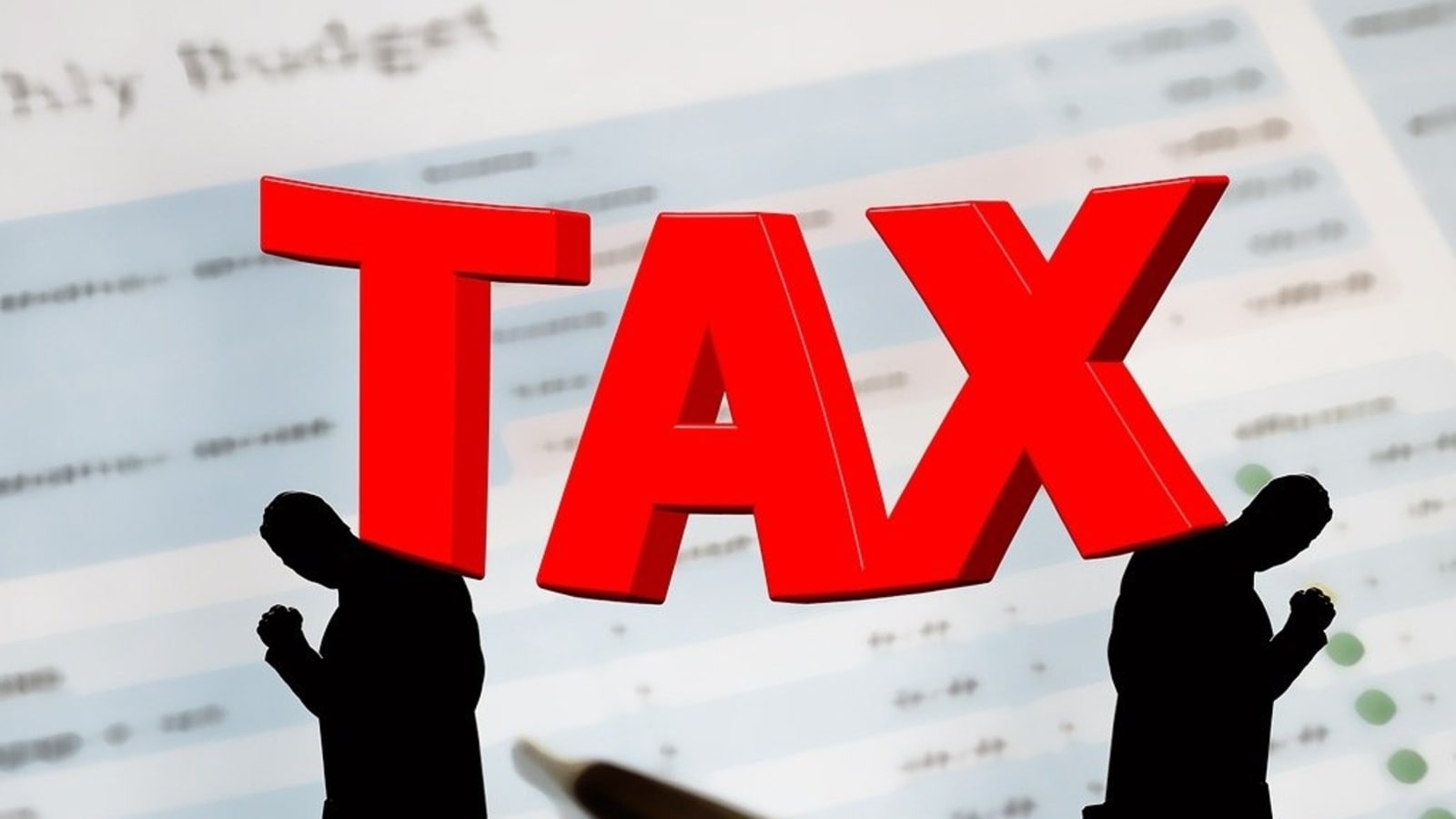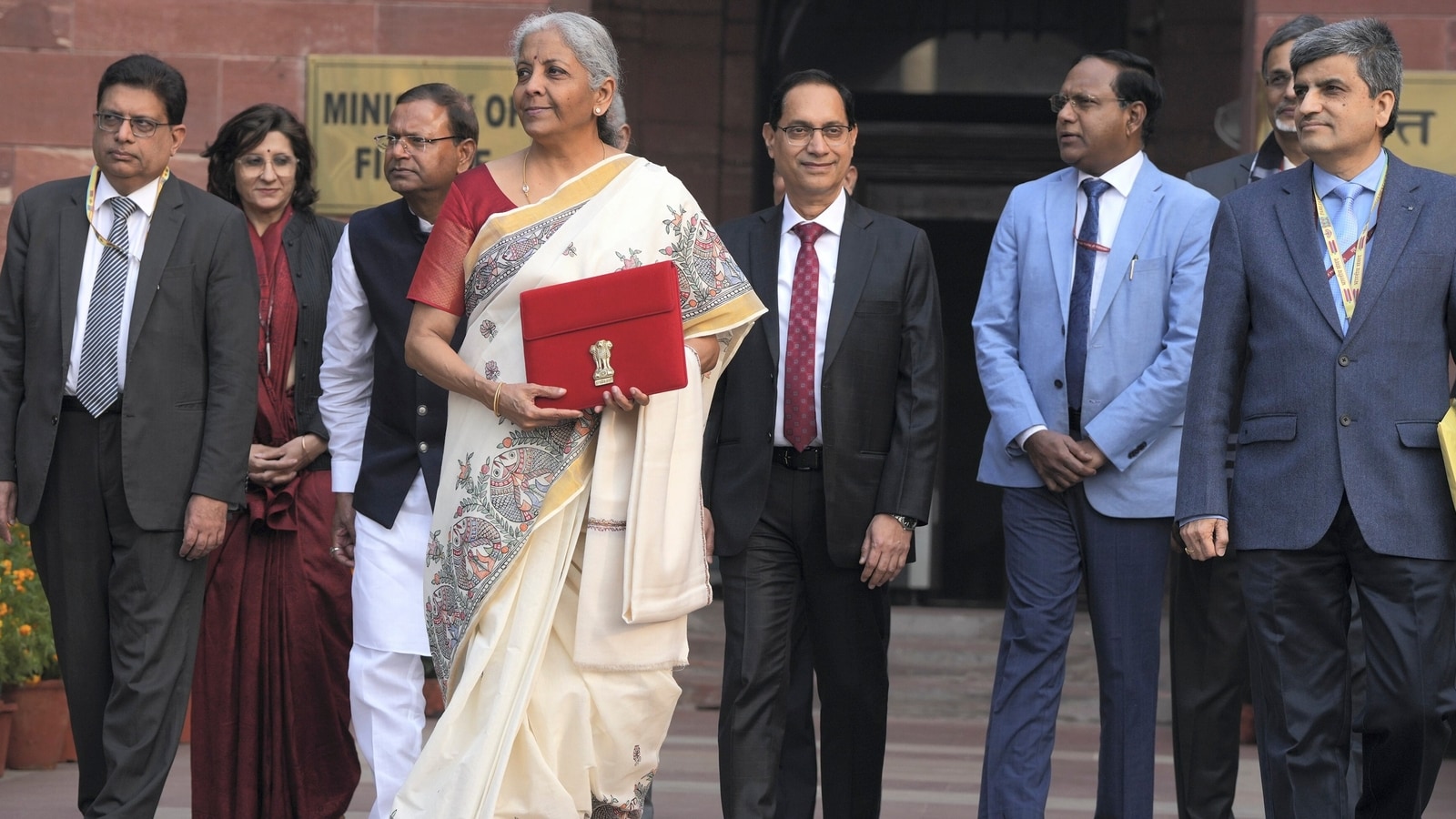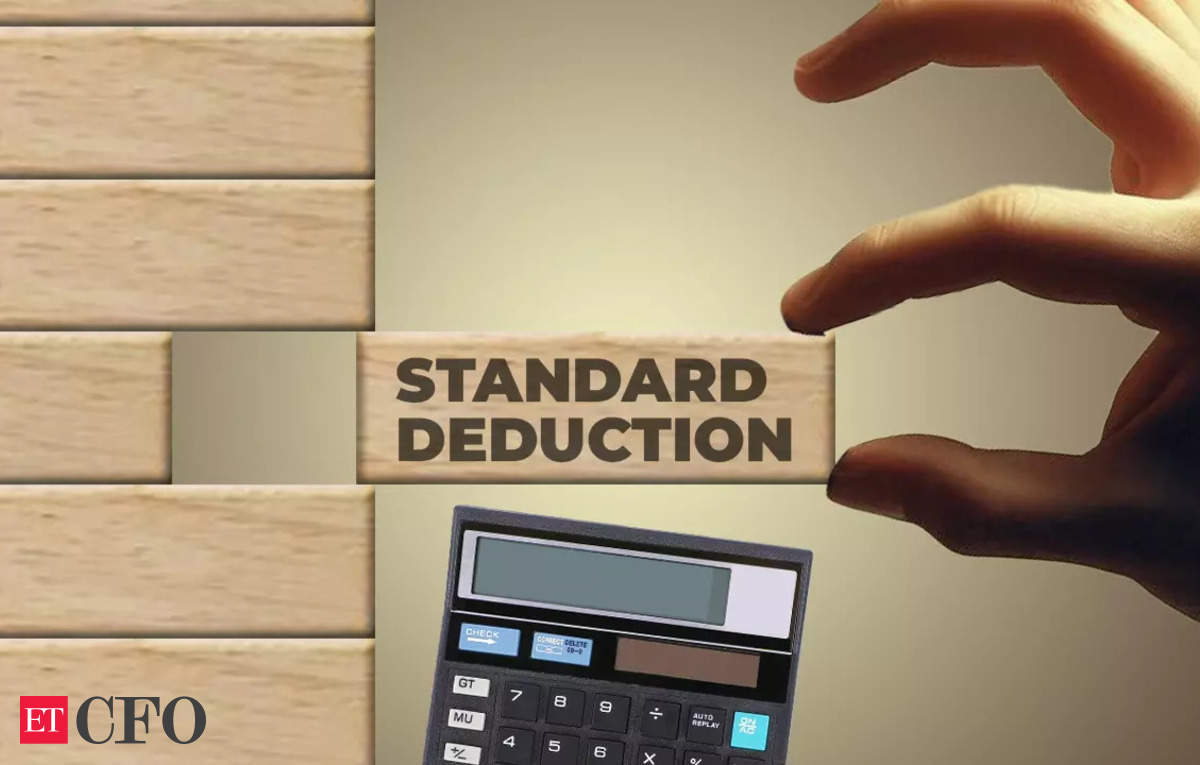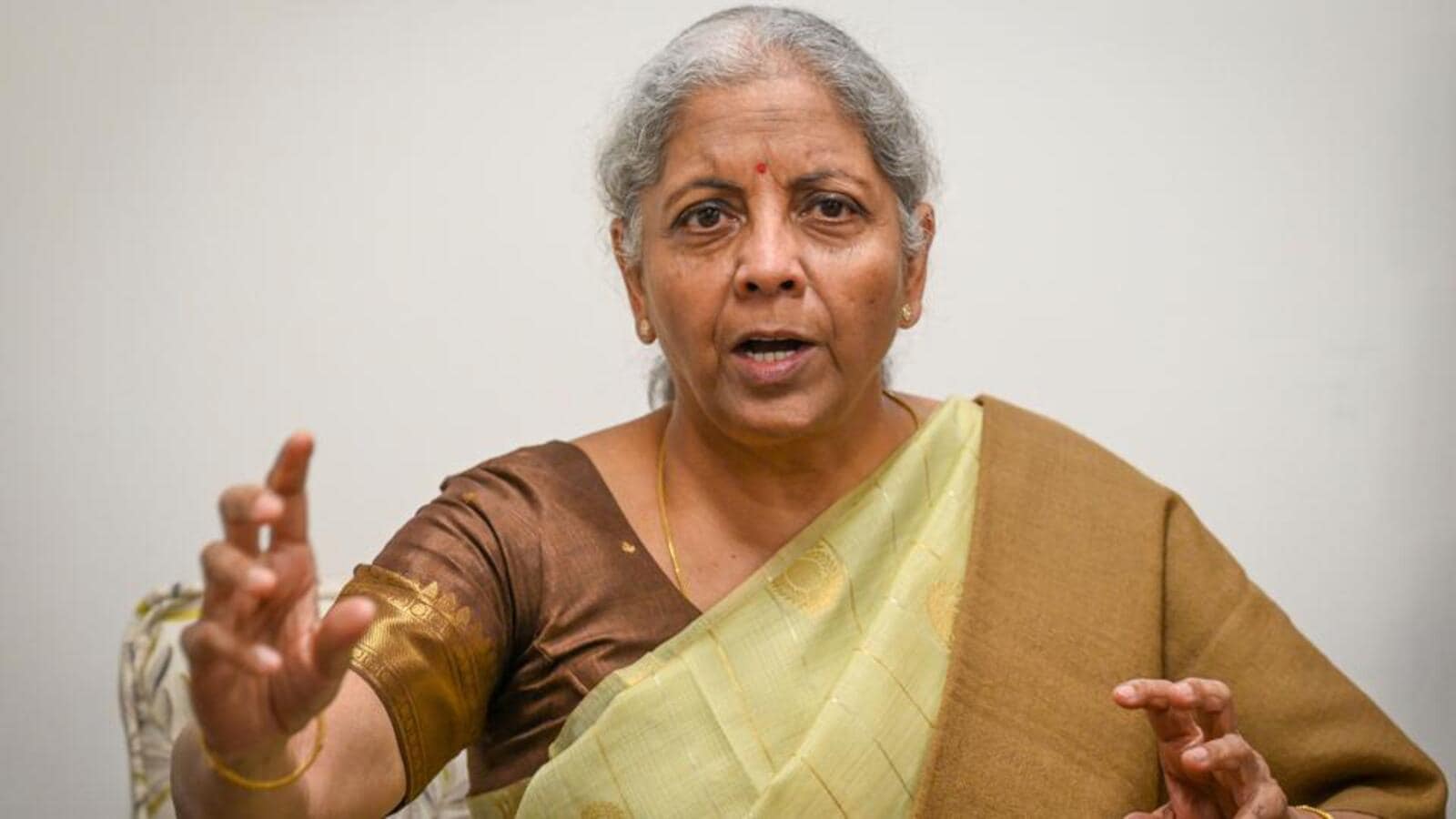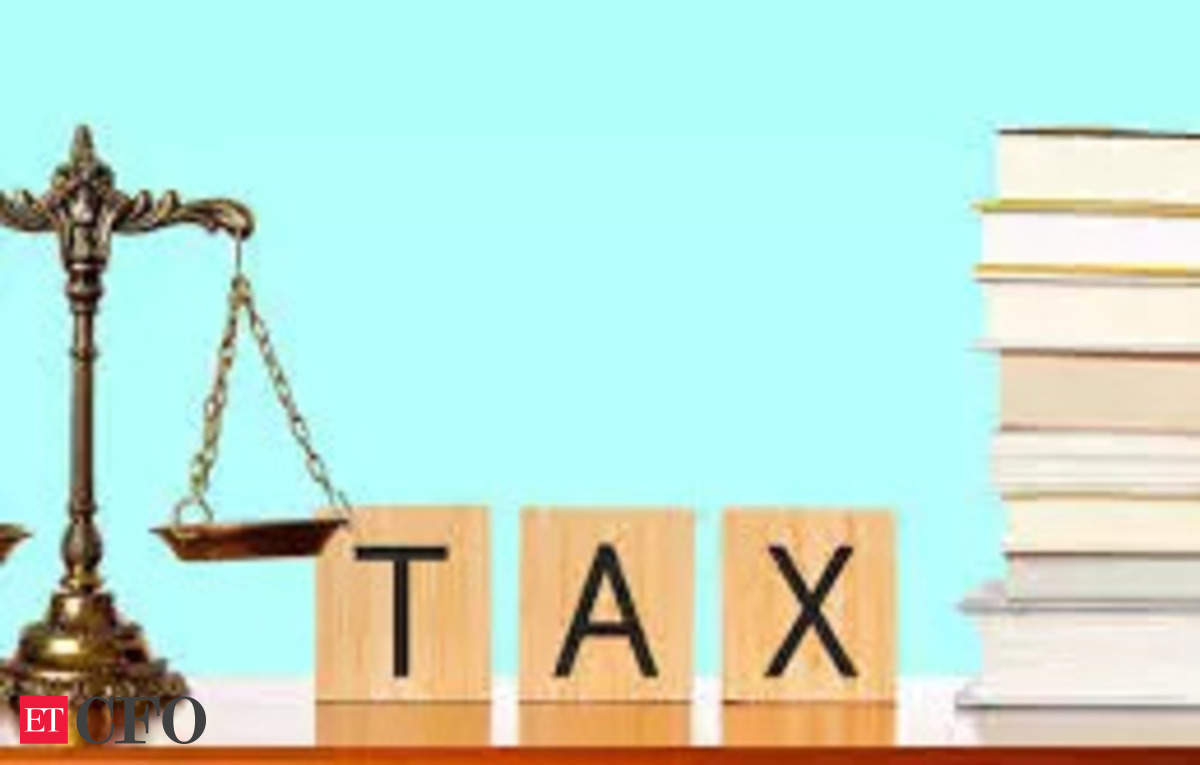Faceless assessment means the assessment proceedings conducted electronically in “e- proceeding” facility through assessee’s registered account in the designated portal. Designated portal means the web portal designated as such by the Principal Chief Commissioner or Principal Director General, in charge of the National Faceless Assessment Centre.
The CBDT had issued the instructions, guidelines and notice formats for conducting scrutiny assessments electronically.
Faceless Assessment under Section 144B of the Income Tax Act, 1961 is a system of conducting assessment proceedings by the Income Tax Department in an automated and online manner, without any physical interface between the taxpayer and the tax authorities. It aims to bring transparency, efficiency, and fairness to the assessment process. Here are some key points about Faceless Assessment under Section 144B:
- Objective: The objective of Faceless Assessment is to eliminate the physical interaction between taxpayers and tax officers, reducing the scope for personal biases or undue influence during the assessment proceedings. It promotes a technology-driven and impartial assessment process.
- Centralized Processing Center (CPC): Under Faceless Assessment, the assessment proceedings are conducted by the National e-Assessment Centre (NeAC) and Regional e-Assessment Centres (ReAC). The NeAC is responsible for the centralized issuance of notices, assigning cases to ReACs, and ensuring the quality and timeliness of assessments.
- Randomized Allocation: The allocation of cases to specific tax officers for assessment is done through an automated, computerized system. The selection is based on an algorithm, ensuring random allocation and reducing the possibility of subjective or biased selection.
- Team-Based Assessment: The assessment process involves a team-based approach, where different functions like assessment unit, verification unit, and review unit are performed by different tax officers. This segregation of functions aims to enhance objectivity and minimize individual discretion.
- Electronic Communication: All communication between the taxpayer and the tax department is conducted electronically through the designated online portal, known as the e-Filing Portal. Notices, questionnaires, responses, and other documents are exchanged online, ensuring transparency and maintaining a digital trail of the entire assessment process.
- Faceless Video Conferencing: In certain cases, where the tax department deems it necessary to conduct a personal hearing, a video conferencing mechanism is available. The video conferencing is conducted without disclosing the taxpayer’s identity or location, ensuring anonymity and maintaining the faceless nature of the process.
Faceless Assessment under Section 144B aims to make the assessment process more efficient, transparent, and impartial. It reduces the need for taxpayers to physically appear before the tax authorities and allows for faster processing of assessments. The system also provides an opportunity for taxpayers to present their case and respond to queries or notices electronically.
Please note that the specific details and procedures of Faceless Assessment may vary based on the guidelines and notifications issued by the Income Tax Department. It is advisable to consult the official website of the Income Tax Department or seek professional advice for the most up-to-date and accurate information regarding Faceless Assessment.
Scope of faceless assessment
The provision provides that the assessment, re-assessment or recomputation under Section 143(3), Section 144, or Section 147 shall be made in a faceless manner in respect of the specified territorial areas, persons, income or class of cases.
Authorities to conduct the faceless assessment
For the purpose of faceless assessment, the CBDT is empowered to set up the following centres and units by specifying their respective jurisdiction:
(a) National Faceless Assessment Centre (NFAC);
(b) Assessment Units (AU);
(c) Verification Units (VU);
(d) Technical Units (TU); and
(e) Review Units (RU).
National Faceless Assessment Centre
The purpose of this centre is to facilitate the conduct of faceless assessment proceedings in a centralized manner.
Assessment Units
It shall perform the function of making the assessment, which includes identification of points or issuing material for the determination of any liability (including refund) under the Act, seeking information or clarification on points or issues so identified, analysis of the material furnished by the assessee or any other person, and such other functions as may be required for making the faceless assessment.
The term “assessment unit”, wherever used in this provision, shall refer to an Assessing Officer having powers so assigned by the Board
Verification Units
It shall perform the function of verification, which includes enquiry, cross verification, examination of books of accounts, examination of witnesses and recording of statements, and such other functions as may be required for the purposes of verification.
The function of the verification unit under this section may also be performed by a verification unit located in any other faceless centre set up under the provisions of this Act or under any scheme notified under the provisions of this Act. The request for verification may also be assigned by the NFAC to such a verification unit.
Technical Units
It shall perform the function of providing technical assistance, which includes any assistance or advice on legal, accounting, forensic, information technology, valuation, transfer pricing, data analytics, management, any other technical matter or an agreement entered into under Section 90 or Section 90A which may be required in a particular case or a class of cases, under this section.
Review units
It shall perform the function of the review of the Income Determination Proposal, which includes checking the following:
(a) Whether the relevant and material evidence has been brought on record;
(b) Whether the relevant points of fact and law have been duly incorporated in the proposal;
(c) Whether the issues requiring addition or disallowance have been incorporated in the proposal;
(d) Arithmetical correctness of modifications proposed, if any; and
(e) Any other functions required for the purposes of review.
The term ‘review unit’, wherever used in this provision, shall refer to an Assessing Officer having powers so assigned by the Board
Time-limit
As per Section 153, the time limit for making assessment under section 143(3) is:-
1) Within 21 months from the end of the assessment year in which the income was first assessable. [For assessment year 2017-18 or before]
2) Within 18 months from the end of the assessment year in which the income was first assessable. [for assessment year 2018-19]
3) Within 12 months from the end of the assessment year in which the income was first assessable [Applicable for assessment year 2019-20]
4) Within 18 months from the end of the assessment year in which the income was first assessable [Applicable for assessment year 2020-21]
5) Within 9 months from end of the assessment year in which income was first
assessable. [Applicable for assessment year 2021-22]
6) Within 12 months from end of the assessment year in which income was first assessable. [Applicable for assessment year 2022-23 and onwards]
Note:
If reference is made to TPO, the period available for assessment shall be extended by 12 months.
If return has been furnished under section 139(8A), the order of assessment shall be passed within 9 months from the end of financial year in which such return was furnished.
Practical Course at:
![Faceless Assessment [Section 144B] Of Income Tax Faceless Assessment [Section 144B] Of Income Tax](https://taxupdates.cagurujiclasses.com/wp-content/uploads/2023/07/blog-1-8.jpg)

